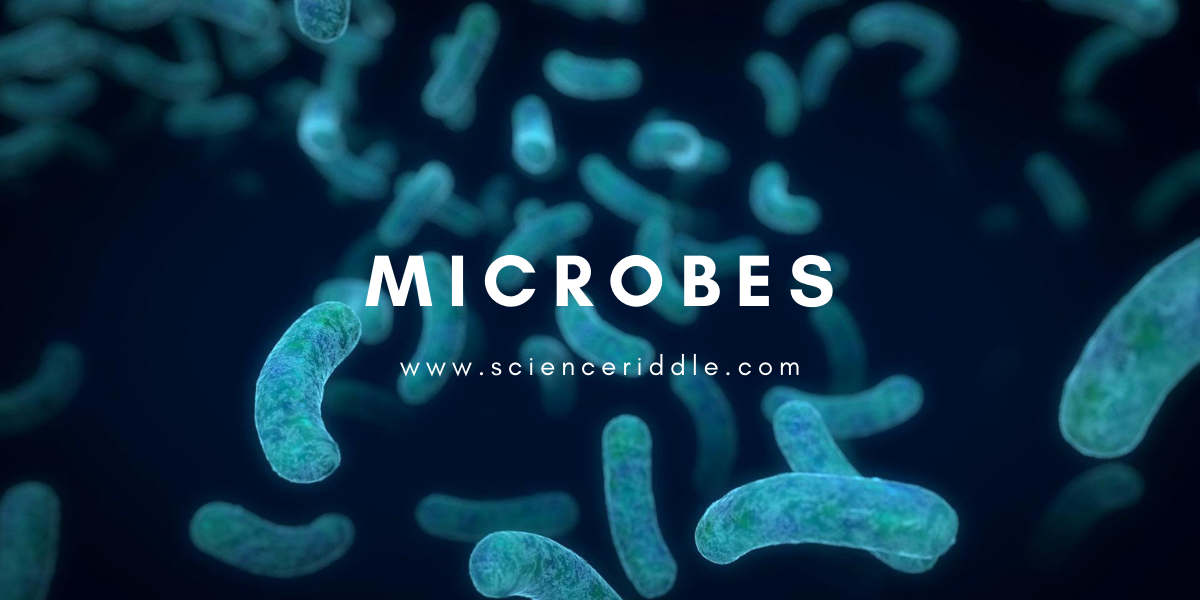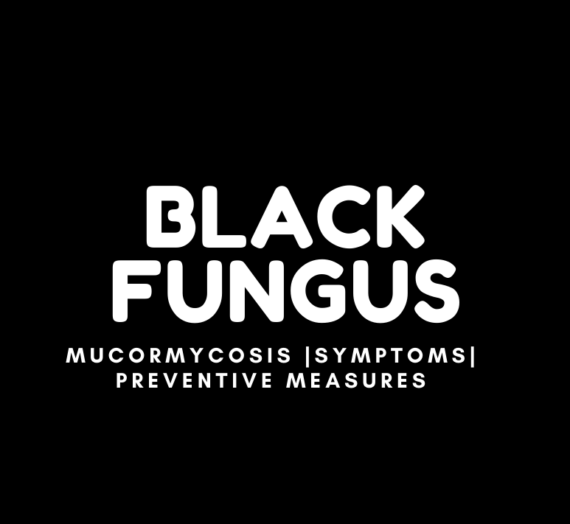We are always thinking How did life originate on Earth? What makes life flourish on this land? Who came first on this planet?
According to the theory of evolution, life originated from a single-celled organism which we also called microbes or microorganisms.
Let us know more about microbes:
What are microbes?
Microbes are small, tiny single-celled living organisms that can’t be seen with the naked eye. They can only be seen with the help of a microscope hence also called microorganisms. They can live in water, air, soil, and in or on our bodies. The human body is the home of millions of microorganisms.
Types of microbes
Microbes are of different types and vary in their size structure and functions.
Bacteria
Bacteria are single-celled unicellular organisms with a cell wall made of peptidoglycan.
They are of different types depending on their size and shape like spherical shaped, Rod Shaped, Spiral shape, etc. They reproduce through binary fission, transduction conjugation, and sporulation when getting the appropriate temperature and humid environment. They have a flagellum that facilitates locomotion. They can be our friends or foe as many of the bacteria cause diseases in human beings like tuberculosis, Cholera, Diarrhea, etc. On the other hand, they can also help us in many ways like:
- Rhizobium bacteria help in nitrogen fixation.
- Lactobacillus bacteria help in the formation of curd.
- Salmonella and staphylococcus bacteria live in the intestine and help in the digestion of food.
Fungi
Fungi is a unicellular or multicellular organism with a cell wall made of chitin.
They have membrane-bound cell organelles. They cannot prepare their own food.
They live on decomposed or rotten material and extract nutrients out of it.
- Some fungi are harmful to humans as they cause
- Fungal infection
- Athlete foot Ringworm
- Skin diseases
- Inflammation of lungs and Mucus membrane etc.
But some fungi are useful also like penicillin, a type of mold used to produce antibiotics against polio.
- Yeast, mold, and mushrooms are edible fungi that are used for various purposes.
Viruses
Viruses are the connecting link between living things and nonliving things they did not reproduce; they only attack the living cells and make them infected. They are non-cellular organisms made up of protein, lipids, and nucleic acid.
They can only be seen with the help of electron microscopes.
Viruses are silent invaders, sometimes they do not cause any symptom. Our immune system itself fights with the virus and protects us from its effect.
Some of the common viral diseases are flu, common cold, HIV, and the most recent one COVID-19.
Protists
Protists are unicellular or multicellular organisms with cell nuclei. These are commonly called protozoa. They are neither plants nor animals, They reproduce by binary fission or budding. They may be autotrophic or heterotrophic in nutrition.
They move with the help of flagella, Celia, or by ameboid movement.
Some of the examples of protists are Amoeba, Paramecium, Euglena, etc.
Some of the protists caused deadly diseases like malaria, amoebic dysentery, and giardia, etc.
Archaea
Archaea are single-celled, microscopic organisms. They do not have any nucleus. They are similar to bacteria but they have cell walls made up of lipid, unlike bacteria. It is believed that these are the first found on the edge of life. They can bear extreme conditions.
They can be found in the human gut and skin.
So we can say that these tiny living organisms somehow affect us in a great way. Sometimes they are helping us in various ways and on the other hand they are responsible for making us fall ill. They are responsible for spreading communicable diseases in humans, plants, and animals.

